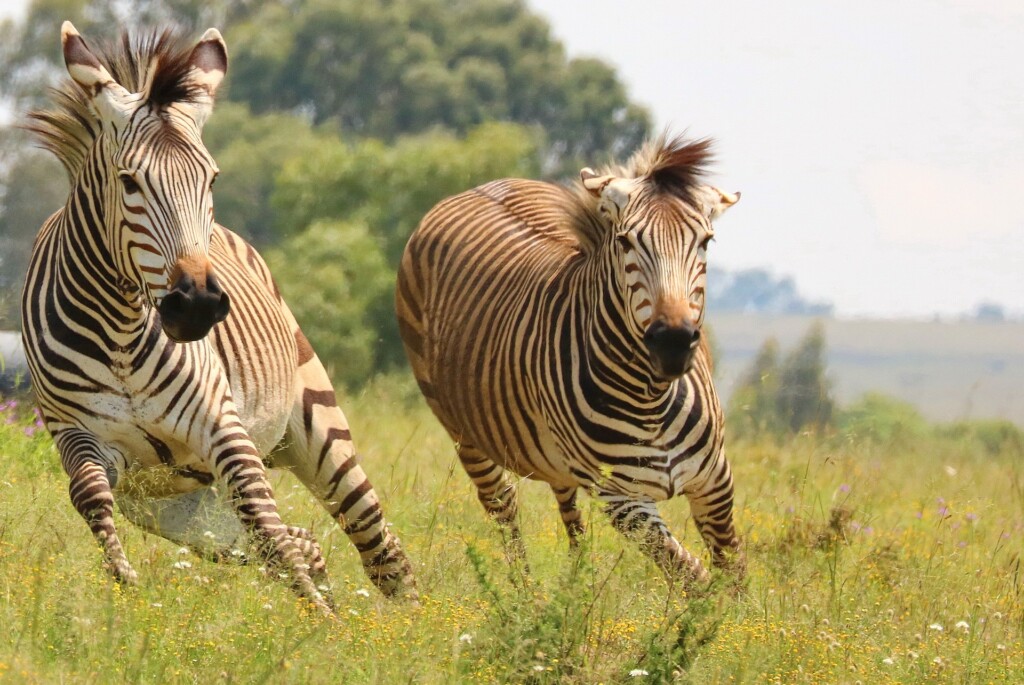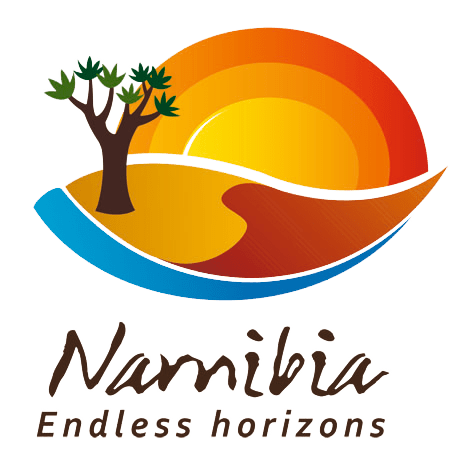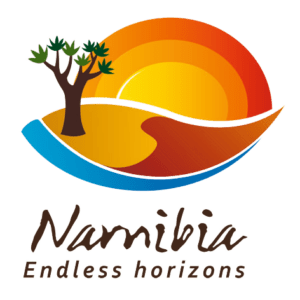Namibia’s largest conservation area contains some of the country’s most iconic attractions: towering sand dunes at Sossusvlei, the imposing canyon at Sesriem, forgotten shipwrecks and ghost towns along the icy Atlantic coast, stark inselbergs and mountain ranges, and lichen-encrusted gravel plains.
Evidence of Stone Age life in the Kuiseb River dates back 200 000 years. Other archaeological finds indicate that the area was used by semi-nomadic communities when rain provided enough grazing for animals. The Topnaar people still live along the Kuiseb River inside the park and were guaranteed rights of residence by Queen Victoria more than a century ago.
Sandwich Harbour thrived as a harbour and guano collection station, while several settlements were established along the coast after the discovery of diamonds in 1908.
Shipwrecks to be found along the coast include the Otavi at Spencer Bay, the Eduard Bohlen at Conception and the Eagle at Sandwich Harbour.
Reserve No 3 by German Governor Friedrich von Lindequist – initially as a buffer zone to restrict English sovereignty to Walvis Bay. The Naukluft section was created to serve as a sanctuary for Hartmann’s mountain zebra, which are endemic to Namibia. The amalgamation of these two parks with state land was proclaimed as the Namib-Naukluft Park in 1979. The most significant change in boundaries occurred in 1986 when the old Diamond Area No 2 and a portion of Diamond Area No 1 were incorporated into the park.
Much research on the desert environment has been conducted in the Namib-Naukluft Park, due to the establishment of the Gobabeb Training and Research Centre on the banks of the Kuiseb River.
In recent years, the discovery of uranium has resulted in the issuing of exclusive prospecting licences in most of the western part of the park north of the Kuiseb River, while the Langer Heinrich Uranium Mine has been established within the park.
Celebrations were held in 2008 to mark the 101st birthday of the park. Rhino were long extinct at Namib-Naukluft and attempts to reintroduce them in the 1970s were unsuccessful. However, the park received several black rhino during its centenary year in 2007 and the population is thriving.
Proclamation: Namib-Naukluft Park in 1979 (amalgamation of the Naukluft Mountain Zebra Park, 1968, the Namib Desert Park, 1907, and state land)
Park size 49 768 km2

Natural features: Sand dunes, Sesriem Canyon, gravel plains, Naukluft Mountains and inselbergs in the north, ephemeral rivers.
Vegetation: Namib Desert, Succulent Karoo and Nama Karoo biomes.
Vegetation types: Southern Desert, Central Desert, Desert/Dwarf Shrub Transition, Central-Western Escarpment and Inselbergs, Succulent Steppe, Dwarf Shrub Savannah. Welwitschia (Welwitschia mirabilis), camel-thorn (Acacia erioloba), shepherd’s tree (Boscia albitrunca), lichens and Commiphora spp.
Wildlife: Gemsbok, Hartmann’s zebra, black rhino, giraffe, springbok, brown hyaena, leopard, baboon. The 348 bird species recorded include Lappet-faced Vulture, Ludwig’s Bustard, Rüppell’s Korhaan, Dune Lark, Herero Chat and African Black Oystercatcher.
Tourism: Walking trails, 4×4 routes, photography, bird-watching, star-gazing, angling. Sesriem Camp: Campsite with kiosk, bar and swimming pool. Sossus Dune Lodge: desert chalets, honeymoon suites. Restaurant, bar, swimming pool. Sossusvlei sunset drives. Guided nature drives, stargazing and walks to the Sesriem Canyon. Naukluft Campsite: Campsites, 4×4 trail, hiking trails, nature walks, bird-watching. Central Namib: fifty-two campsites. Day trips to Sandwich Harbour.
Key Management issues: Tourism management at Sesriem is a challenge, with an average of 70 000 visitors annually. There is one uranium mine in the park, and six prospecting concessions. These require monitoring and inspections, with the rehabilitation of mined and prospected areas. Fifty-two campsites are maintained in the Central Namib section, presenting a constant challenge to staff. The newly introduced rhino population requires constant monitoring. The initial fencing of the park commenced in 1969. The park is currently fully fenced and requires much maintenance.
Future plans: The Tsondap Training Centre is currently being developed and will be used mainly as a centre for the Ministry of Environment and Tourism.
The 36 active water installations in the park are being upgraded to solar installations



